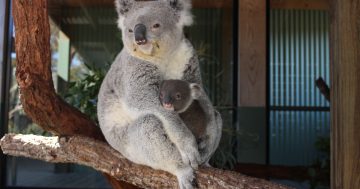
Researchers discovered the big-footed Southern Myotis microbat in the Illawarra for the first time. Photos: A. Pike/DCCEEW.
A rare microbat has been found in the Illawarra Lowland Grassy Woodlands for the first time following researchers surveying the different species ‘hiding’ in the region to determine how best to support them.
The Southern Myotis, which is a small bat known for its disproportionally large hairy feet, was confirmed by Save Our Species researchers investigating the region’s microbat population during a midnight survey.
Specially designed harp traps were used to capture more than 350 bats in the second microbat survey of the woodlands, with the creatures quickly identified, measured and released into the night.
“It’s a cold and quiet wait for these microbats to wake up and visit our traps at night,” senior threatened species officer Beth Mott said.
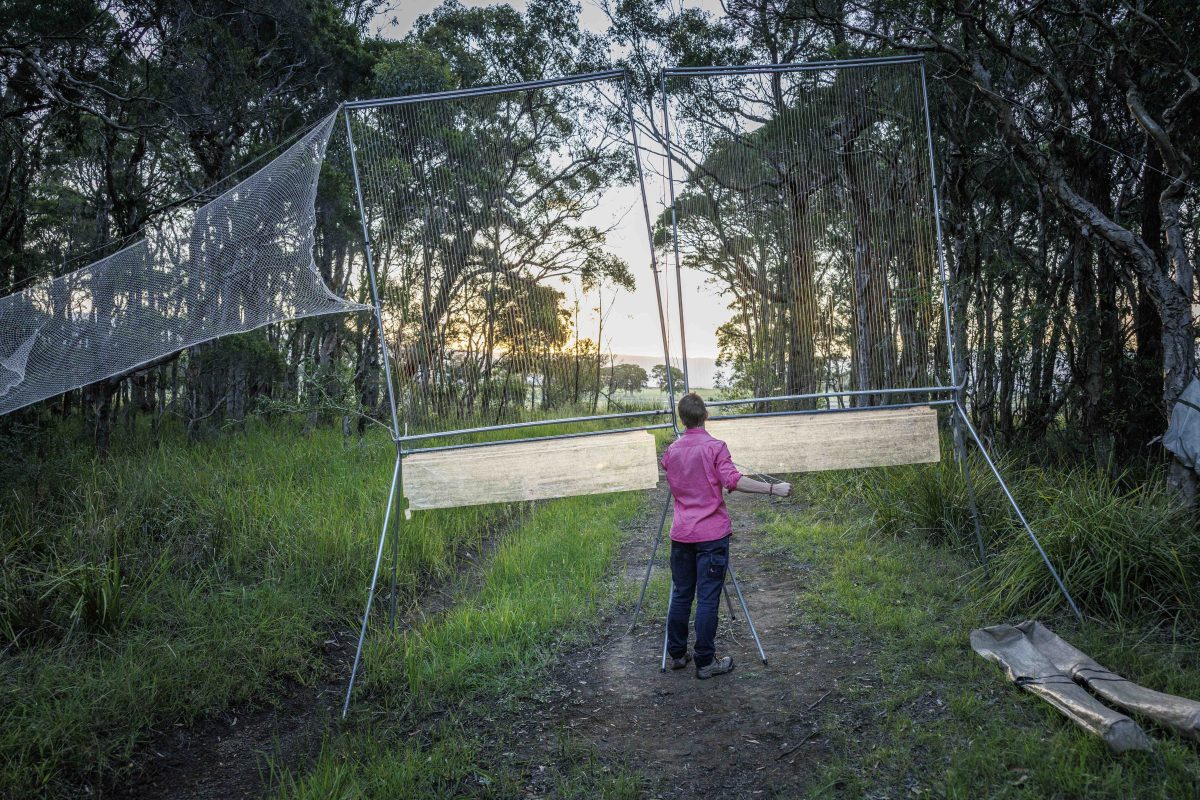
Harp traps are named for their soft strings that resemble a harp. Photo: A.Pike DCCEEW.
“The thrill of seeing these tiny creatures with their lovely faces never fails, and to gently hold a threatened species in your hands is extra special.”
The survey confirmed more than 11 species, including the Southern Myotis, which was sighted for the first time.
“By day they are nearly invisible, sleeping quietly in hollows,” Beth said. “In fact, it’s nearly impossible to know where they are.”
Microbats are known to favour the variety of vegetation and protection these patches of endangered bush provide, with the new discovery highlighting the importance of protecting these areas for threatened species.
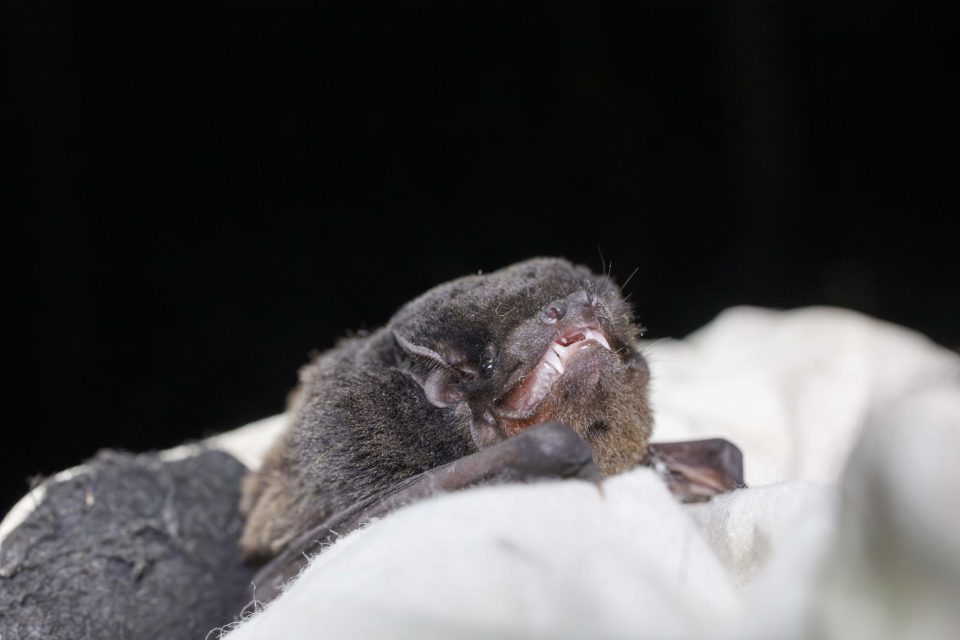

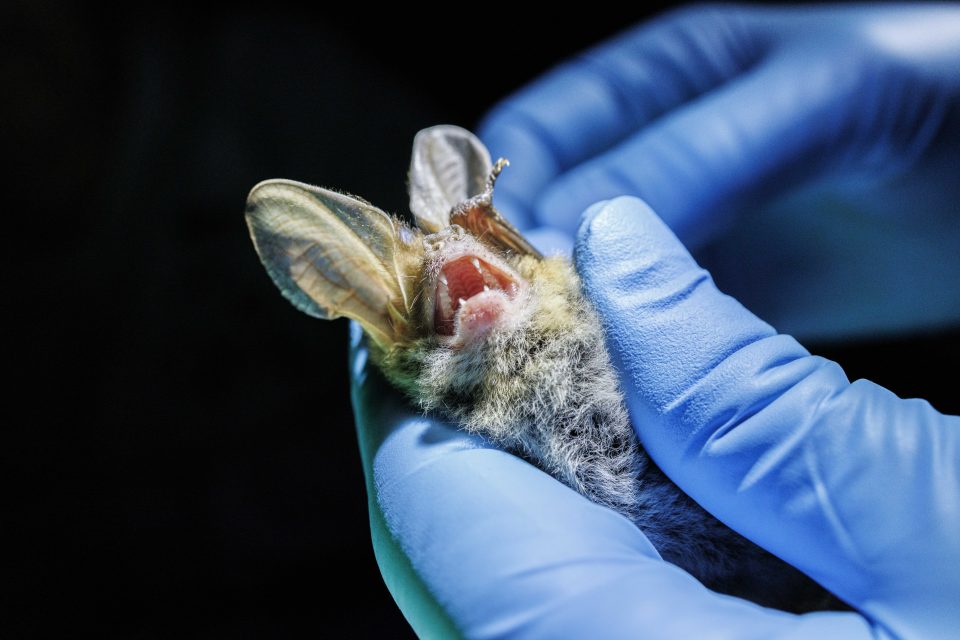
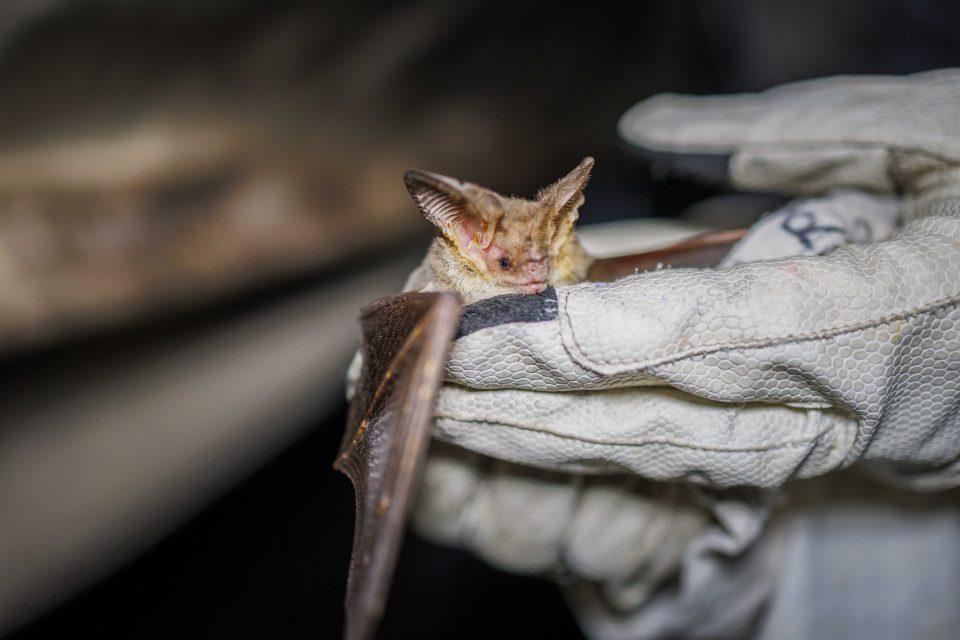
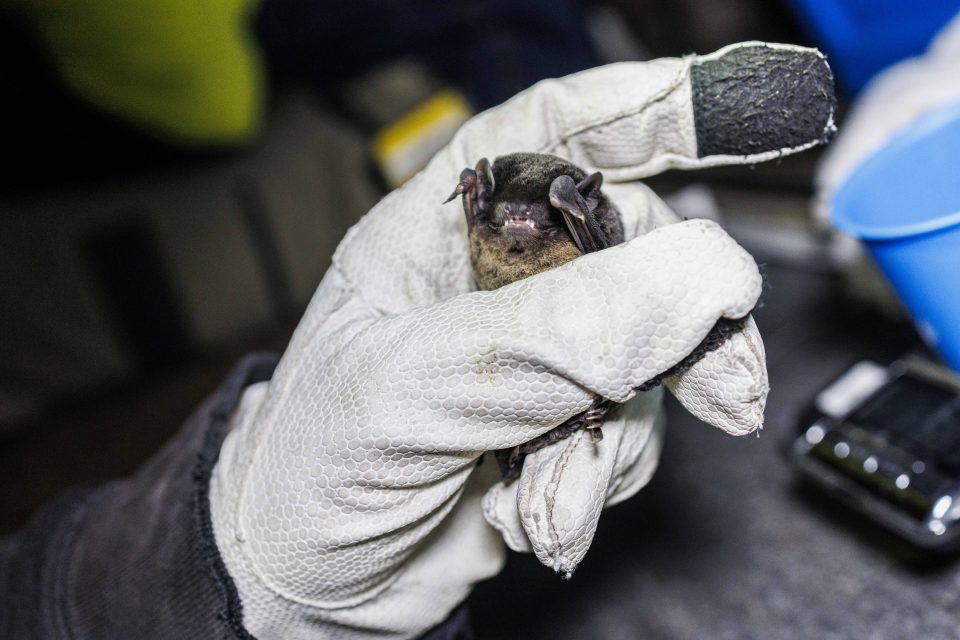
The creatures play an important role in the ecosystem, known to be particularly good ‘mosquito-munchers’, playing a pivotal role in pest control by feeding on various insects every night while also playing a role in pollinating native species.
They make up nearly a quarter of Australia’s mammal diversity, but they are under threat from habitat loss, human activities and climate change with 18 of the 34 microbat species found in NSW currently listed as threatened or thought to be extinct.
While the extent of the microbat population in the Illawarra is still being investigated, researchers face the challenge of how to better support these urban woodland patches where they continue to live and breed.
“All the conservation work we do in these little patches of Illawarra Lowland Grassy Woodland is having a big difference on the survival of these and other species,” Beth said.
For more information visit the NSW DCCEEW Bats in Backyards webpage.









